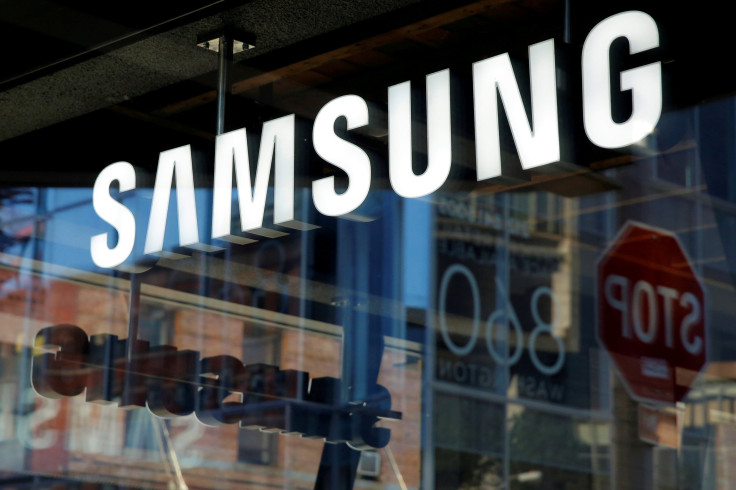Samsung Galaxy S8 Sales, Mobile Component Business Drive Sales In Q2 2017

Samsung has been having a roller coaster ride lately — the company suffered a huge loss in the third quarter of last year, but bounced back the next quarter. Then it announced its earning guidance Friday for the second quarter of 2017, projecting its highest operating profit ever of 14 trillion won ($12.11 billion).
This marks an increase of 72 percent in year-on-year estimates. It also beats the 13.1 trillion won ($11.3 billion) projection by Bloomberg analysts. Revenue also rose 18 percent year-on-year to $60 trillion won (around $52 billion), beating previous estimates of $59 trillion won ($51.1 billion).
Read: Samsung Slashes Q3 2016 Profit Estimate Due To Galaxy Note 7 Issues
Its strong estimates, according to Bloomberg are due to two factors — the success of the Samsung Galaxy S8 and the company branching into smartphone component manufacturing.
“Samsung’s been successful with cutting manufacturing costs for memory chips, and that’s been a big factor, while display sales helped to boost the earnings. Chip prices will keep rising and another record operating profit is in sight for Samsung in the third quarter,” Greg Roh, an analyst at HMC Investment Securities Co. told Bloomberg.
The company seems to be more than making up for the loss of reputation it suffered after its Galaxy Note 7 flagship started exploding due to a battery defect. The company had to recall the device and discontinue it. The company suffered a year-on-year decrease in operating profits of 2.19 trillion won ($1.93 billion) in the third quarter of the 2016 fiscal year.
The company’s bounce back is, in part, owing to its development of new features and technologies. The Samsung Galaxy S8 was the first major flagship smartphone with an edge-to-edge display and a 10nm technology based Qualcomm Snapdragon 835 processor, which performs and utilizes battery better than the existing 14nm technology processors.
The device reportedly clocked five million units in global sales in the first month since its launch.
The company has also been projected to replace Intel as the top global chipset manufacturer. It is expected to clock $15.1 billion in the second quarter of this fiscal year, according to Japan’s Nomura Securities.
It is also expected to outdo Intel in terms of annual chipset sales worldwide, clocking $63.6 billion in comparison to Intel’s $60.5 billion. In addition, the company is expected to benefit from the rising cost of mobile components. According to HMC analyst Greg Roh, DRAM prices are set to increase in July.
Samsung seems to have made the move towards manufacturing at the right time, as the smartphone chipset industry is expected to ride a super cycle due to consolidation and demand for new technologies such as artificial intelligence and cloud computing, according to Reuters.
Read: Samsung Replacing Intel As Top Chipmaker
The company is also setting up the world’s biggest OLED display manufacturing plant and will invest up to $21 billion in its set-up, according to the South Korean publication, ETNews. Samsung also reportedly signed a 10 trillion won (around $8.65 billion) contract with Apple to supply 92 million curved OLED display panels for its upcoming iPhone.
© Copyright IBTimes 2025. All rights reserved.




















